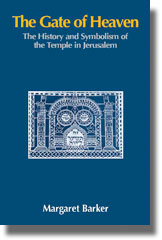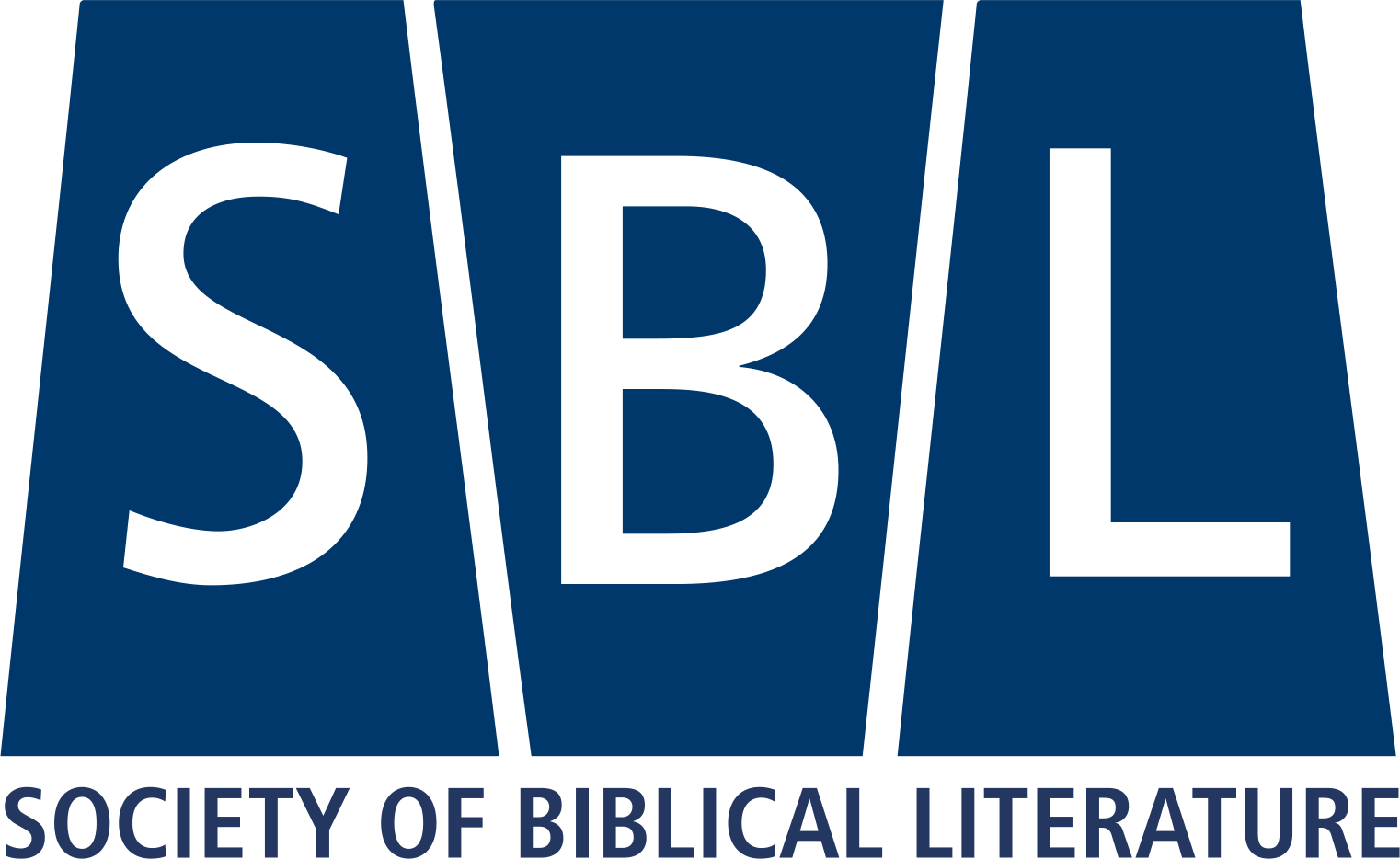
$39.50
In this book, first published in 1991, the prolific and innovative British biblical scholar Margaret Barker sets out to explore the origins and the afterlife of traditions about the temple in Judaism.
Using evidence from the Deuterocanonical and pseudepigraphic texts, Qumran and rabbinic material, as well as early Christian texts and liturgies, she advances a host of radical and suggestive theories, including the following:
1. Apocalyptic writing was the temple tradition.
2. Temple buildings were aligned to establish a solar calendar, thus explaining the astronomical texts incorporated in 1 Enoch.
3. The temple symbolism of priest and sanctuary antedated the Eden stories of Genesis.
4. The temple buildings depicted heaven and earth separated by a veil of created matter.
5. The throne visions, the basis of the later Merkavah mysticism, originated as high-priestly sanctuary experiences, first attested in Isaiah but originating in the royal cult when king figures passed beyond the temple veil from earth into heaven, from immortality to the resurrected state, and then returned.
6. The Day of the Lord or the Day of Judgment was the myth of the Day of Atonement, and atonement was the rite of healing and recreation rather than propitiation.
7. A characteristic concept of time and eternity was crucial to understanding this material as the area beyond the temple veil was beyond time.
8. Much temple symbolism survived in gnostic texts, suggesting that the bitterness apparent in many of them derived from the upheavals and exclusions that followed the establishment of the Second Temple.
Margaret Barker, a former President of the Society for Old Testament Study, is a prolific author specializing in reconstructing the background of NT thought in the Hebrew Bible and early Judaism.
The SBL is the North American distributor for Sheffield Phoenix Press. Customers outside of North America can purchase this book directly from Sheffield Phoenix by clicking
